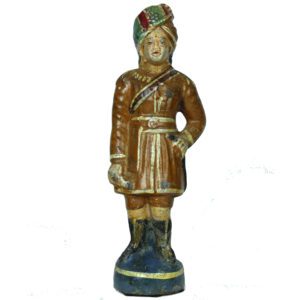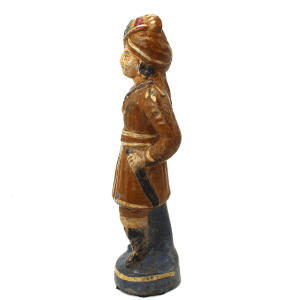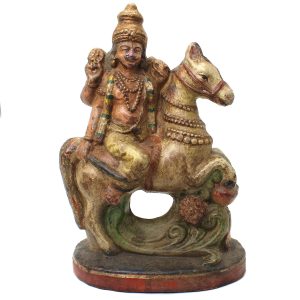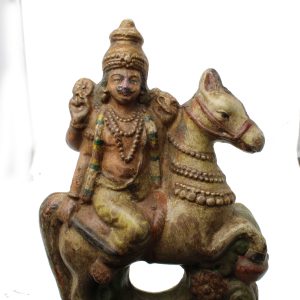Vintage Terracotta Policeman, India (11296)
Original price was: $105.00.$65.00Current price is: $65.00.H: 10.25″ W: 3.25″ D: 2.75″ | FREE SHIPPING WITHIN CONTINENTAL U.S.
Vintage Indian terracotta policeman bivalve mould made, hand luted and painted in rural India terracotta considered spiritual and auspicious as it incorporates five natural elements of air, fire, earth, water and metal.




